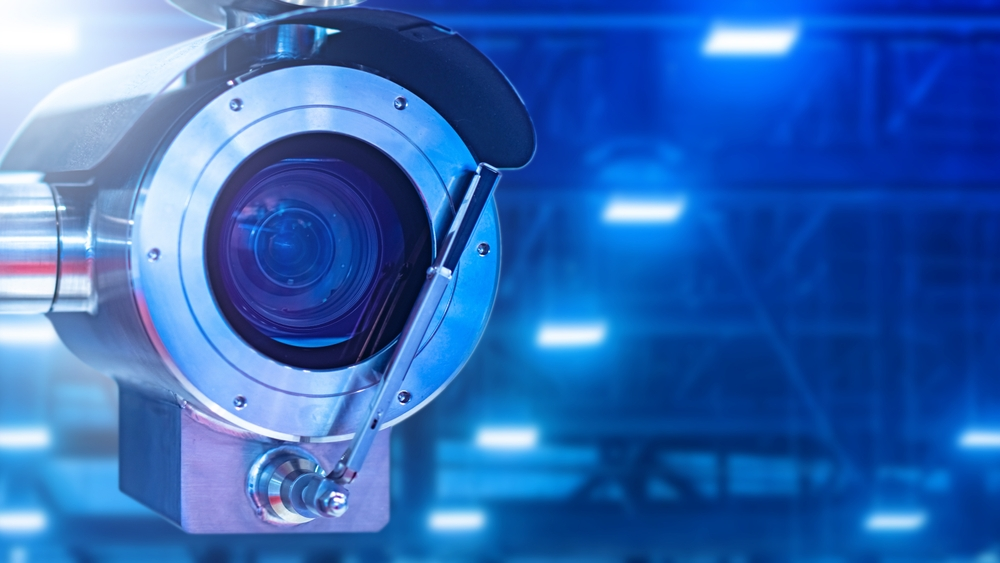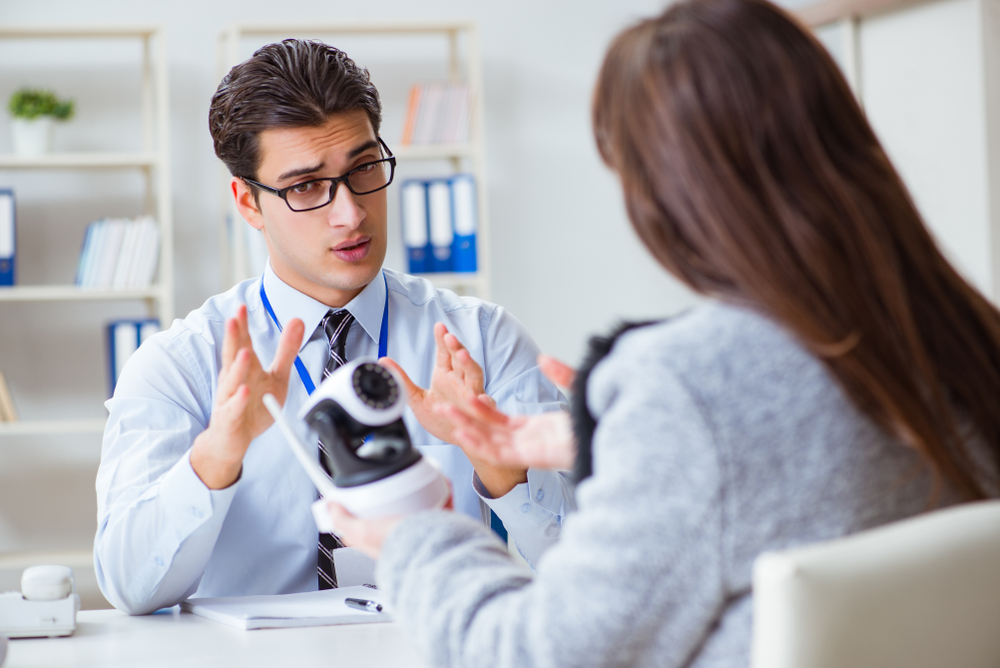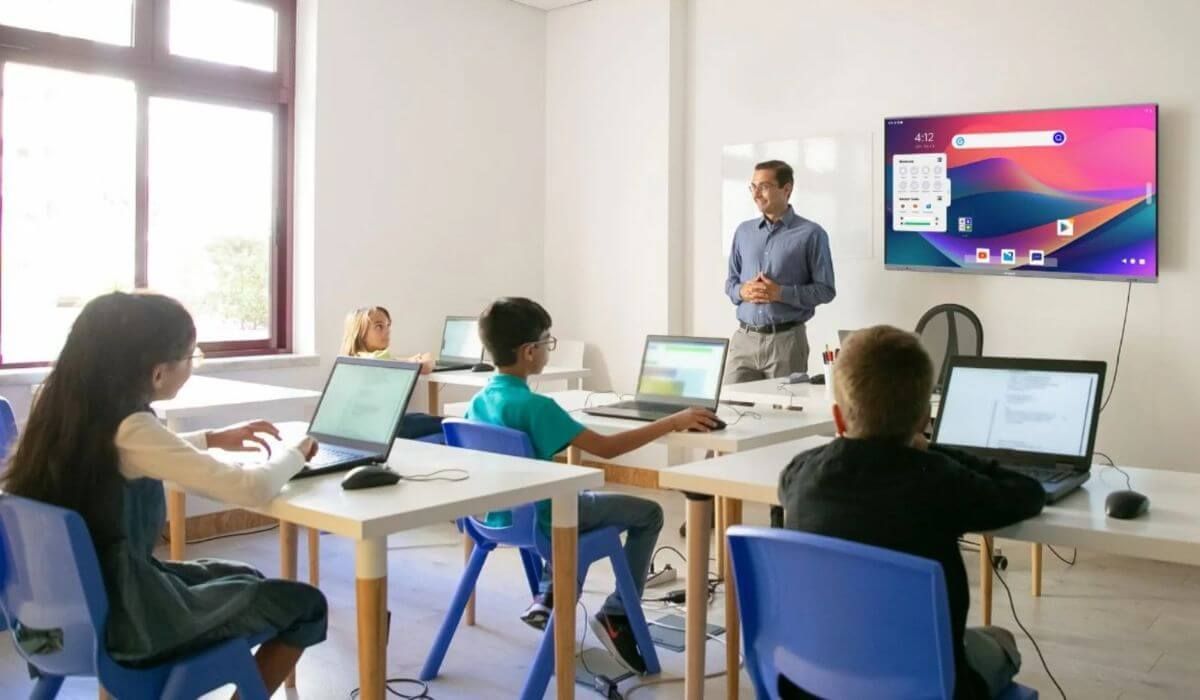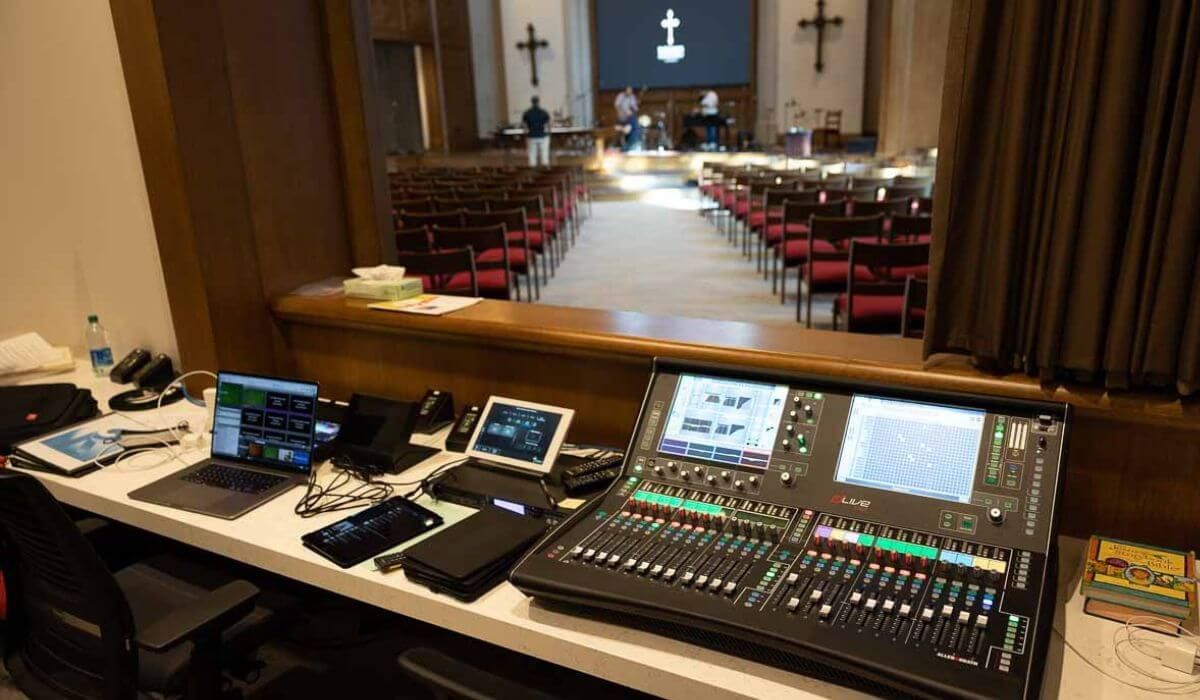Essential Features to Look for in a Security Camera System
Feeling safe and secure is paramount, whether you're a homeowner protecting your family or a business owner safeguarding your livelihood. A Security Camera System is a key component of that security, but choosing the right one can feel overwhelming. What system features truly matter?
Did you know that home burglaries in Australia are estimated to cost victims an average of $5,000 in damages and losses? And that businesses with security camera systems experience a 60% reduction in theft and vandalism? Investing in the right system can save you significant money and heartache.
Choosing the right security camera system is crucial for effectively protecting your home or business. The security camera features you select directly impact the system's ability to deter crime, capture evidence, and provide peace of mind. Understanding the latest trends in security camera technology will help you make a wise investment that meets your specific needs.
At Scavi, we're dedicated to helping Australians make informed decisions about their security. We'll guide you through the essential features to look for in a security camera system, offering practical advice and insights. Let's explore how to choose the system that's right for you.

Best Security Cameras for Home and Business: What to Consider
Resolution and Image Quality
The clarity of your security camera footage is paramount. Higher resolution means sharper images, making it easier to identify faces, read license plates, and discern important details. HD (1080p) is generally the minimum recommended resolution, but 4K cameras offer even greater clarity and detail. When considering the best security cameras for home and business, remember that higher resolution improves video clarity and identification.
Field of View and Camera Coverage
The field of view (FOV) determines how wide of an area the camera can capture. Choosing the right FOV depends on the location you're monitoring. A wide FOV is ideal for covering large areas like parking lots or backyards, while a narrower FOV is better suited for focusing on specific entry points. Pan-tilt-zoom (PTZ) cameras offer the flexibility to adjust the FOV remotely, allowing you to zoom in on specific areas of interest. The recommended FOV settings for home vs. business security also vary.
AI-Powered Security Cameras: The Future of Surveillance
Motion Detection and AI Analytics
AI-powered security cameras are revolutionizing surveillance by offering intelligent motion detection that significantly reduces false alarms. Instead of triggering alerts every time a leaf blows or a cat walks by, AI-powered systems can distinguish between people, vehicles, and other objects. Some systems even offer facial recognition capabilities, allowing you to create a database of known individuals and receive alerts when an unknown person is detected.
Smart Integration and Automation
Connecting your security cameras with other smart home systems can create a truly integrated security ecosystem. Voice control compatibility with Google Assistant or Alexa allows you to control your cameras with simple voice commands. Automated security features, like geofencing (which triggers recording when you leave home) and scheduled recording, add another layer of convenience and protection.

Night Vision Security Cameras: Ensuring 24/7 Protection
Infrared (IR) vs. Color Night Vision
Night vision security cameras are essential for providing around-the-clock protection. Traditional infrared (IR) night vision produces black and white images, while newer color-enhanced night vision technology allows you to see color footage even in low-light conditions. Low-light technology generally improves security camera performance at night.
Low-Light and Thermal Imaging Capabilities
Low-light performance is crucial for outdoor security, as many crimes occur under the cover of darkness. Thermal imaging goes a step further, detecting heat signatures to identify people and objects even in complete darkness or through dense foliage. Thermal imaging is often used in high-risk environments.
Wireless vs Wired Security Cameras: Which One Should You Choose?
When choosing between wireless and wired security cameras, it's essential to understand their distinct characteristics, advantages, and limitations to determine which system best suits your security needs.
Wired Security Cameras
- Reliable Signal Transmission: Wired cameras maintain a consistent connection, unaffected by wireless interference or bandwidth fluctuations, ensuring stable video quality.
- Higher Video Quality: These systems often deliver superior video clarity, as they aren't subject to the compression and potential signal loss that can affect wireless cameras.
- Enhanced Security: Since data is transmitted via physical cables, wired systems are less susceptible to hacking or unauthorized access compared to wireless counterparts.
Wireless Security Cameras
- Easy Installation: Without the need for extensive wiring, wireless cameras can be set up quickly, making them ideal for renters or those seeking a DIY solution.
- Flexible Placement: The absence of cables allows for versatile camera positioning, enabling coverage in areas where wiring might be impractical.
- Remote Access: Many wireless systems offer seamless integration with mobile devices, allowing users to monitor their property remotely.
Key Considerations for Decision-Making
- Property Layout: For larger properties or those with multiple buildings, wired systems might offer more reliable coverage without signal degradation.
- Installation Constraints: Renters or individuals unwilling to modify their property may prefer wireless systems due to their non-invasive setup.
- Network Reliability: In areas with unstable internet connectivity, wired systems ensure continuous surveillance without relying on Wi-Fi.
- Budget: Wireless systems often have lower upfront costs and are easier to install, while wired systems may involve higher installation expenses but can offer long-term reliability.
The choice between wired and wireless security cameras depends on individual circumstances, including property characteristics, security priorities, and budget. Assessing these factors will guide you toward a system that aligns with your specific surveillance requirements.

Conclusion - Finding the Best Security Camera System for Your Protection
Selecting the best security camera system for your specific needs is a crucial step in protecting your home or business. Remember the essential security camera system features we've discussed, and consider how they align with your unique security requirements. By choosing wisely, you can future-proof your investment in security technology and enjoy greater peace of mind.
Ready to upgrade your security? Contact Scavi today for a free consultation! Let our experts help you design the perfect security camera system for your Australian property.



